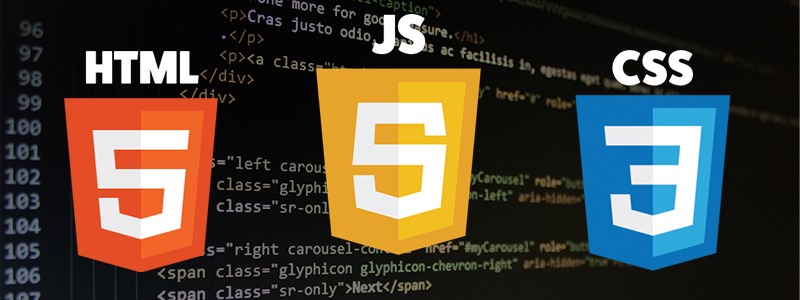
Introduction to JavaScript Programming
May 15, 2021 posted by Junior Kian Chong
JavaScript, often abbreviated as JS, is a high-level, interpreted programming language. It is a language which is also characterized as dynamic, weakly typed, prototype-based and multi-paradigm. JavaScript was developed by Brendan Eich in 1995. Although it was developed under the name Mocha, the language was officially called LiveScript when it first shipped in beta releases of Netscape Navigator 2.0 in September 1995, but it was renamed JavaScript. JavaScript is the programming language of HTML and the Web. Alongside HTML and CSS, JavaScript is one of the three core technologies of the World Wide Web. JavaScript enables interactive web pages and thus is an essential part of web applications. The vast majority of websites use it, and all major web browsers have a dedicated JavaScript engine to execute it.

JavaScript is one of the 3 languages all web developers must learn:
1. HTML to define the Content of web pages
2. CSS to specify the layout of web pages
3. JavaScript to program the behavior of web pages
In todays time JavaScript has evolved a lot and diversified into many other domains. For example –
The merits of using JavaScript are −
Less server interaction −
You can validate user input before sending the page off to the server. This saves server traffic, which means less load on your server.
Immediate feedback to the visitors −
They don’t have to wait for a page reload to see if they have forgotten to enter something.
Increased interactivity −
You can create interfaces that react when the user hovers over them with a mouse or activates them via the keyboard.
Richer interfaces −
You can use JavaScript to include such items as drag-and-drop components and sliders to give a Rich Interface to your site visitors.